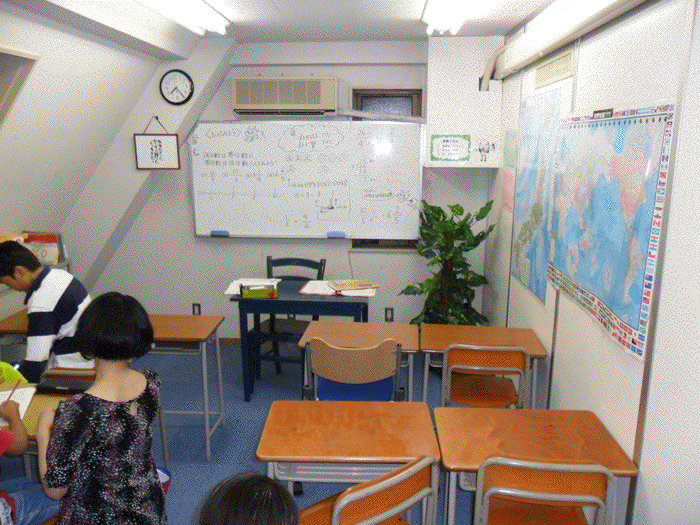I always enjoy presenting aspects of my research on juku to new groups of people as there never fail to be different questions on various aspects that I report on.
The UBC Continuing Studies course that I’m teaching is no different in this regard especially since most of the course participants have a (Canadian schools) teaching background and seem to be quite interested in aspects of the developments that I’m recounting.
One of the questions that came up today was about the impact of time spent in structured activities, including juku, on Japanese children and especially on their overall development.
As with so many questions on juku outcome measurements (including, very significantly, the efficacy of juku instruction), my first response was to point to the very real methodological challenge in comparing populations of students when these are young and ethical concerns prevent the use of non-voluntary control groups.
[HUGE CAVEAT: I’m neither a neurologist, nor childhood development expert, so what follows are informed musings rather than research conclusions.]
My eyes have been opened to many different aspects of and aspirations for education through my research on juku. While inclined toward cultural relativism to begin with (some simplistic form thereof, not entirely thought-out or developed) and intent on a Weberian stance of neutrality in observation and analysis, I have abandoned most of my notions associated with ‘cram school’ in the course of my research. Most of this shift in my thinking has come about through interactions with many of the individuals involved in juku who not only talk about having the best interests of their students in mind, but act accordingly as well.
That is not to romanticize the juku world and to claim that parts of it are not focused exclusively on a relatively rote memorization that does not seem to make the world, nor the students involved a better place/person.
So when a question about human development is raised and focuses on an area like unstructured play, I often think to myself that that is a very contemporary, North American/Oceanian/European notion. That doesn’t mean that I don’t share the intuition that unstructured play seems to offer elements of social development that many organized play activities don’t, I’m just not certain that these elements are typical or necessary for human development. The question in the discussion today, by the way, did not imply that necessary link.
Some years ago, there was a brief flurry about some research findings suggesting that urban children we no longer able to walk backwards. In a quick Google Scholar search I was not able to find the research that this claim was based on, sadly. Perhaps this was an urban myth that I’m perpetuating here.
My reaction to this discussion was that I thought it was awful that children can’t walk backwards. But then I have to catch myself and remind myself that walking backwards does not seem to be a necessary element in being a better person (if that is an aim for education), nor is it an essential skill for contemporary life (taking a more human resource-focused approach to education), though it may have been for mammoth hunting.
Another example of a skill that is seen as essential in a specific time and place is swimming. When you live in urban Canada with the plethora of swimming pools offered in community centres and perhaps only rivaled by the erstwhile penetration of swimming pools in small-town West Germany, it it astonishing to hear of a child that doesn’t know how to swim. Yet, swimming in and of itself is neither a universal stage in human development, nor is it a necessary skill everywhere in the world.
And so it is with the impact of unstructured play (or the absence thereof as it may be caused by the growth of supplementary education, among many other factors). Yes, instinctively I would say that such an impact is likely. However, I am also open to the possibility that the valourization of unstructured play may be specific to a time and place. Just as I am very happy to reconcile myself to university students who don’t seem to read entire books, but have great information searching skills, so am I willing to accept the lack of unstructured play as a reality across most developed countries.
That acceptance does not mean, of course, that it wouldn’t be a very interesting and also very important question to ask about the impact of time spent in juku and thus mostly in sedentary positions indoors, on childhood development.


